COPH helped drive state’s bicycle helmet law
First published on April 6, 2015 in observance of the COPH’s 30th anniversary celebration.
Dr. Karen Liller has been a child and adolescent injury prevention researcher for a quarter of a century. A professor in the USF College of Public Health’s Department of Community and Family Health and a member of the Florida Injury Prevention Advisory Group, she worked with a Tampa General program called More Health in the mid-1990s to help evaluate its health education programs. One of those programs promoted bicycle helmets for children.
“I evaluated their program, and I started observational studies of children’s bicycle helmet use in Hillsborough County,” Liller said. “I was monitoring this because, as part of the Injury Group, I knew this bill had been denied two times before. We were all part of the advocacy efforts with Tallahassee between the state of Florida program, More Health and the college to get this passed.”
A natural proponent of requiring kids to wear helmets when they rode their bikes, Liller had her interest piqued. From casual observation alone, she surmised that few were. Determined to put scientifically collected numbers to the problem, she and a cadre of her graduate students set about the task of collecting data.
From low expectations to high hopes, then action
“I was focused on unintentional injuries in children,” she said. “Nationally, this was a huge issue. I had some colleagues at Harborview Injury Prevention Program in the state of Washington, and they were some of the early leaders nationally in helmet use. So I naturally got very, very interested and started looking, started conducting observational studies, because I didn’t know: What is the helmet use rate? 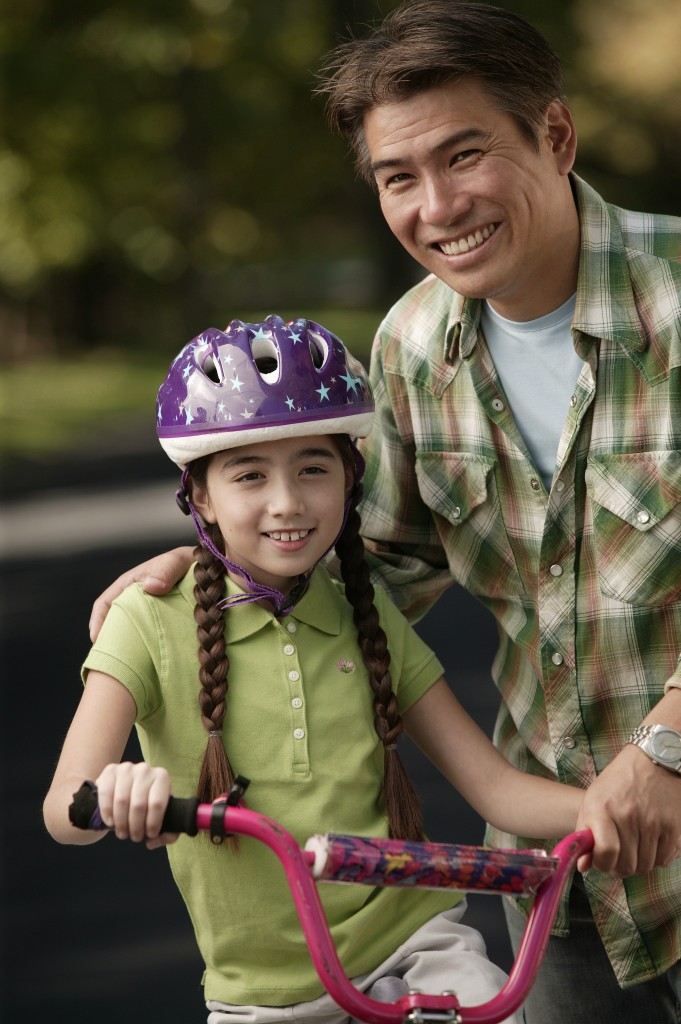 “I developed and performed community observations,” she said. “I would hire my grad assistants, and they would stand on corners doing observational surveys of kids in helmets. We mapped out the whole county, and I had them on streets everywhere. We had a whole protocol of where we wanted to be, because we wanted to capture observational surveys in many different places – in community sites, in schools, not near schools, etc., so we had a good idea of what was going on in Hillsborough County.”
“I developed and performed community observations,” she said. “I would hire my grad assistants, and they would stand on corners doing observational surveys of kids in helmets. We mapped out the whole county, and I had them on streets everywhere. We had a whole protocol of where we wanted to be, because we wanted to capture observational surveys in many different places – in community sites, in schools, not near schools, etc., so we had a good idea of what was going on in Hillsborough County.”
As low as Liller’s expectations were, reality turned out to be even worse.
“I can tell you, it was pitifully low,” she said. “For children under 16, it was about three percent.”
Liller set out on a concentrated campaign to get a helmet law passed. It already had languished and died in two previous legislative sessions, and she was determined to make the third try count.
“I did many radio spots and TV spots and Good Morning Whomever promoting bicycle helmets as the law was working its way through the legislature,” she recalled.
“I wanted to get ahold of it,” she said, “because I knew this was a national issue, and I knew states were starting to pass laws. Florida is a tough state to get a law passed for children’s injury prevention. In fact, we just got the booster seat law done. We were one of the last states to do that. I knew it was going to be a battle. So, I knew I’d better get started early.”  Liller learned through focus groups that legislators weren’t the only people she needed to convince. Some parents didn’t want a law telling them to put helmets on their kids’ heads. After all, bicycle shops already were selling more helmets. McDonald’s was giving out helmet discount coupons and safe rider certificates. Why should there be a legal mandate?
Liller learned through focus groups that legislators weren’t the only people she needed to convince. Some parents didn’t want a law telling them to put helmets on their kids’ heads. After all, bicycle shops already were selling more helmets. McDonald’s was giving out helmet discount coupons and safe rider certificates. Why should there be a legal mandate?
“My answer to them was, ‘Do you have a driver’s license? Yes? Well, the government told you to do that.’
“It always surprised me when parents would argue with me on this issue. The famous one for me was, ‘I rode a bike all the time when I was a kid, and I never got a head injury.’ I’d say, ‘When was that? Where was that?’ And it would be some idyllic little community in some other state, and I’d say, ‘Try riding a bike in Tampa now, and get back to me on that. The world has changed. The roads have changed. The danger level has changed.”
Clearly, the law’s chief proponent had taken on a daunting task, but being part of the state’s first college of public health had its rewards. Dr. Charles Mahan, state health director under Gov. Lawton Chiles, was a valuable ally. COPH was still the only school of public health in Florida, and COPH professors were trekking all the way to Tallahassee to teach weekly classes at the state health department office. Through the department’s close working relationship with COPH, Mahan already had known Liller and had been supportive of her efforts.
“We knew that Karen was really focused on getting a child helmet law through, and certainly, we were very much in favor of that,” said Mahan, who was COPH dean by the time the measure was in its third incarnation. Mahan had known Chiles since well before the latter began his two terms as governor.
When Mahan was a medical student at the University of Florida, Chiles became interested in his work on infant mortality. Personal and professional bonds soon followed.
“When he was a senator, I would go around the country and hold hearings with him,” Mahan recalled. “He would do all the talking, but I would help him figure out what to say, depending on what the issue was.”
Mahan knew the governor well enough to know he was predisposed to children’s health issues.
“Any issue related to children was something that Gov. and Mrs. Chiles were supportive of,” Mahan said. “Anything that needed his support on children’s issues for safety or survival or whatever, he would tell the staff – me and everyone else – to make sure that it got supported.” 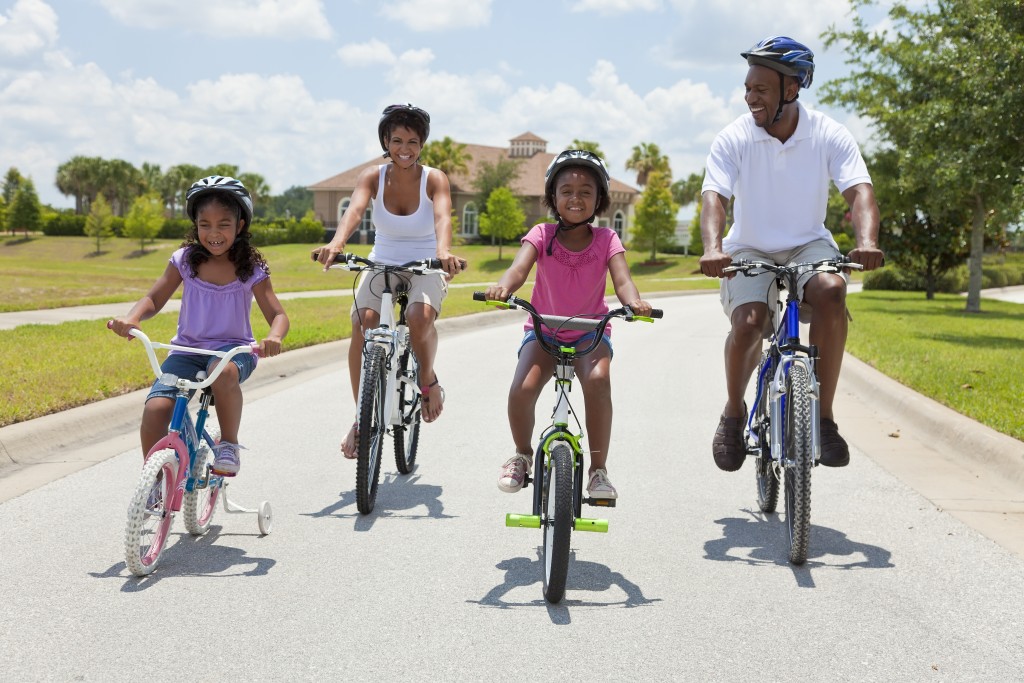 With the encouragement of a popular governor, the proposal was gaining momentum. The awareness raised by the news of the pending legislation helped engender educational outreaches that helped the ball roll faster.
With the encouragement of a popular governor, the proposal was gaining momentum. The awareness raised by the news of the pending legislation helped engender educational outreaches that helped the ball roll faster.
“Betty Castor, who became president of USF, was head of education at the time,” Mahan said, “and the school systems jumped right in with educational efforts.”
Those collective efforts eventually generated the irresistible momentum that carried the measure over the finish line.
“With Charlie’s support and the governor’s, on the third attempt, it was successful,” Liller said. “And I testified and did a variety of things locally, as well, for the bill. A colleague of mine also did a cost-effectiveness study, and he also testified with that in Tallahassee. I think it was a combination of all of these things. We kept sending the legislators our research findings, and with all the backing, eventually, in 1996, the bill passed.”
A victory not etched in stone
“Bike helmets are an investment we should make to ensure our children’s health and safety,” Chiles declared as he signed the bill onto law.
The measure became effective on Jan. 1, 1997, and for the next 12 months, it was easy for anyone to live with. A violator would receive a warning and a bicycle safety brochure. As of Jan. 1, 1998, however, that brochure was delivered with a $17 citation. It was a light fine as fines go, and even it could be circumvented.
“After the first year, you could get a fine if the child was riding, was under the age of 16 and didn’t have a helmet on,” Liller said, “but you could get around that if you could show evidence of a bicycle helmet.” 

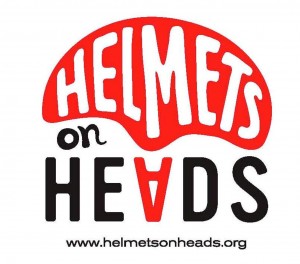
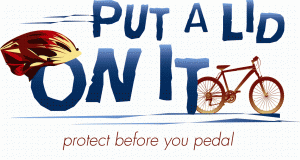
That, of course, was only when the law was enforced, which, according to Liller, wasn’t – and still isn’t – very often.
“Police are very reluctant,” she said. “I talk to them about how many tickets they’ve given, and usually the answer is ‘none,’ at least in Hillsborough County. They’re very reluctant to stop a child on a bike.”
Nonetheless, she said, by 1998, helmet use had risen exponentially, to 67 percent in Hillsborough County. So even without much enforcement, the law was accomplishing its purpose.
“I think the law has been great,” Liller said. “We did an analysis of its efficacy. We did show that helmet use has gone up, and we showed that injuries have gone down. And that was great. That was the intent of the law. Injury prevention does its best, many times, when there’s a policy change or a legislative change, because it just reaches more people.”
Mahan agreed. “Having it as law is a big awareness raiser,” he said. “It gets all over the papers and the news again and again. The legislature is considering this measure. That’s news. The legislature passed it today. That’s news. The governor signed it into law. That’s news again. It went into effect today, so that’s news, too.
“For the majority of parents, who care so much about their kids, just the awareness-raising and then seeing other kids out there with their helmets on helped, but it took time. As with any legislation, it takes about three years to get a good idea through. It’s very hard to take a new idea on regulation to the legislature.”
“It was a very exciting time,” Liller said, “because, the first couple of times, I would go to the injury meetings, we’d work on the language of the law, and it just kept getting defeated. The first year we did it, I think we just put it out there and said, ‘Let’s just see how it goes.’ The second year, we didn’t have the information about the penalty. I still don’t like the penalty. I don’t to this day. But it was a really exciting process, and I’m so glad I was part of it.”
Still, Liller knows that no law is etched in stone. The state threw a scare into helmet proponents and safety advocates in general when it partially repealed its motorcycle helmet law by limiting the requirement to riders under 21.  “We were very afraid that they were going to repeal the bicycle helmet law, too, but so far, so good,” Liller said. “They haven’t touched that law. I think that’s because it’s for children. I think if we would have had that helmet law for all ages, we would have been in trouble.”
“We were very afraid that they were going to repeal the bicycle helmet law, too, but so far, so good,” Liller said. “They haven’t touched that law. I think that’s because it’s for children. I think if we would have had that helmet law for all ages, we would have been in trouble.”
“When I was at the state health office,” Mahan said, “the helmet law was a big plus, but at the same time, we lost the motorcycle helmet law, and that’s had tremendous consequences.”
The work continues
“We want it to become a norm,” Liller said of bicycle helmet use. “We want it to be that, when these children have children, there won’t be any question when you get on a bike. And we’re starting to see that.”
Mahan concurred. He said he and his wife live two blocks from an elementary school, and the progress is easily visible.
“A lot of the kids are riding their bikes to school,” he said, “and every one of them has a helmet on.”
Work since the law’s passage has been geared toward bicycle helmet give-away programs.
“If you don’t have a helmet, we can find you one,” Liller said. “We can find a program – Safe Kids, Tampa General, we can find somewhere to get you a helmet.”
Liller’s work on the law continues to influence safety initiatives.
“Our work has been in world publications about helmet use, about laws, about how it’s done,” she said. “The Robert Wood Johnson Foundation wants to know about strategies, and it seems that the strategies that were developed in the ’90s – people are still really interested in those. We were always pleased that our work is often cited as an example, even though many years have passed.”
Liller said she also is gratified to see the lasting validation of her and her colleagues’ methodology.
“It’s interesting that the work that we did is still being used. If you run a program, you do some observational surveys. You look at that helmet use on those kids. You don’t just ask them. You actually watch them.”
In the intervening years, Liller’s focus has shifted to high school sports injuries, but she remains committed to the legislation she helped to bring about, and she remains engaged with it, most recently as a content reviewer for the Robert Wood Johnson Foundation and the Wisconsin Population Health Institute for strategies they want to propose for child safety seats – and yes, bicycle helmets. 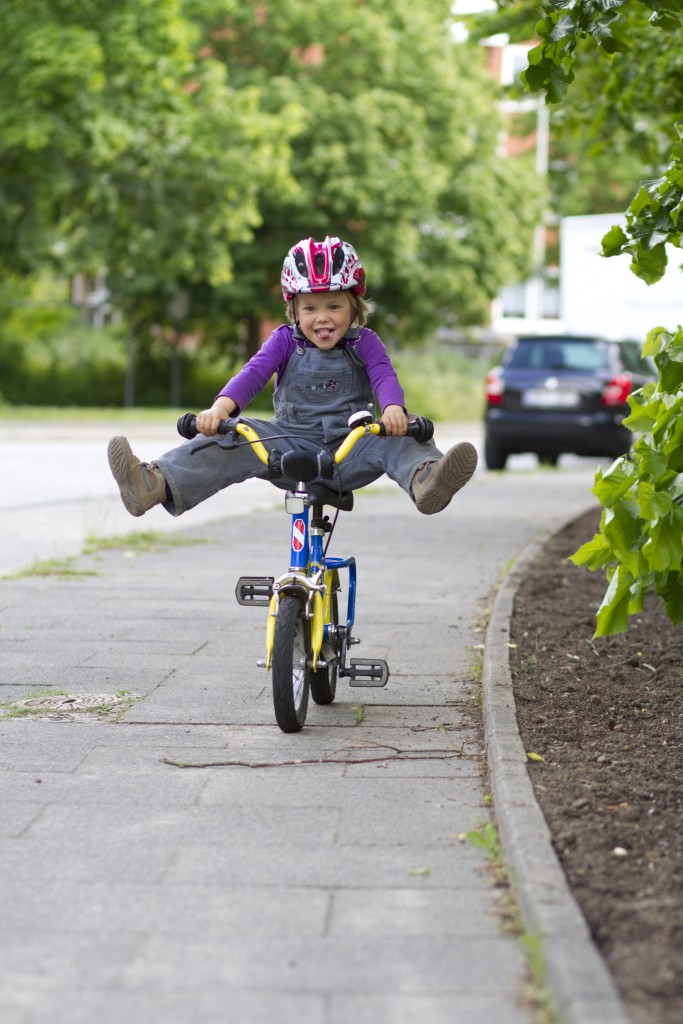 Her message for the naysayers remains the same.
Her message for the naysayers remains the same.
“We’re not telling children they can’t ride bikes,” she said. “We’re not telling children they can’t have fun or anything else we were accused of so often. Basically, it’s just taking necessary precautions. There’s been some literature that says we should let kids take more risks. We don’t want to stop anyone from taking risks or having fun or getting exercise. We just don’t want a child to die from a perfectly preventable head injury. We’re smarter now.”
Story by David Brothers, College of Public Health. Photos courtesy of the National Highway Traffic Safety Association, Helmets On Heads, County Mayo and other sources.


